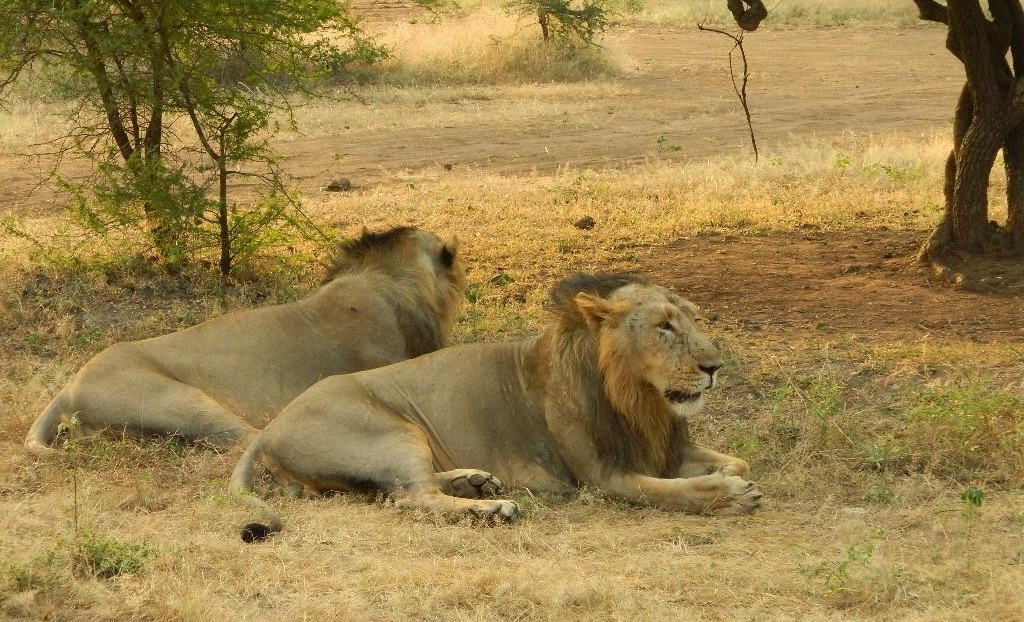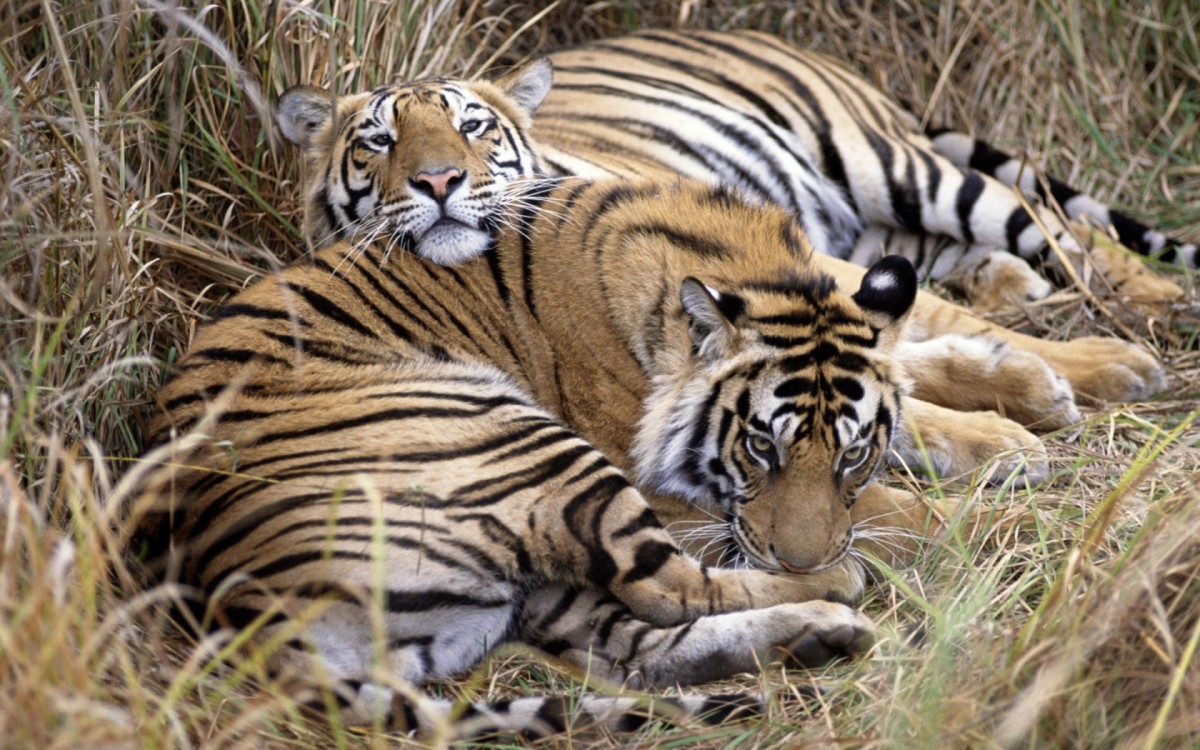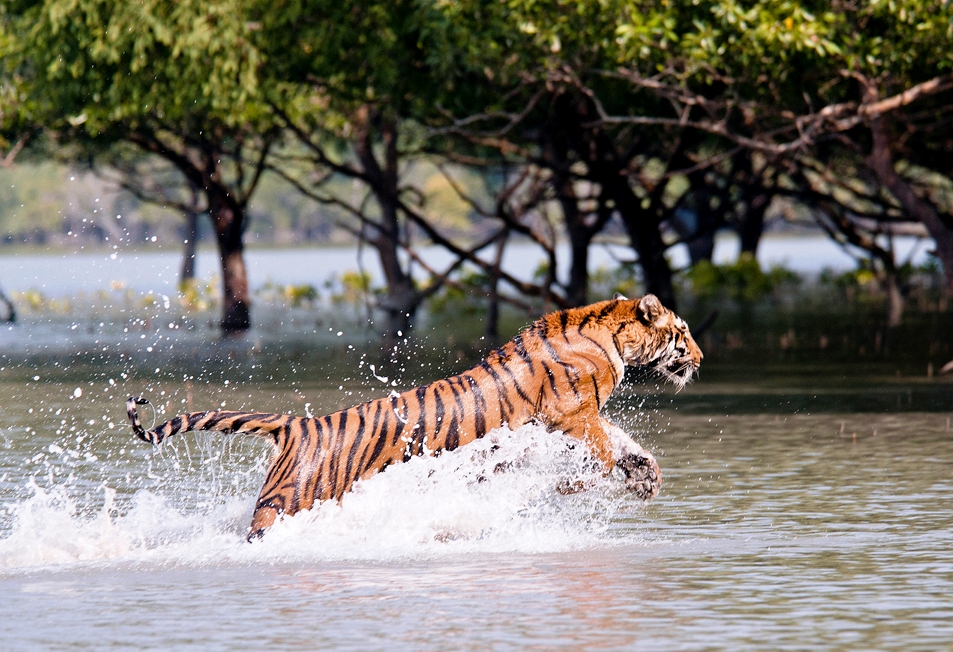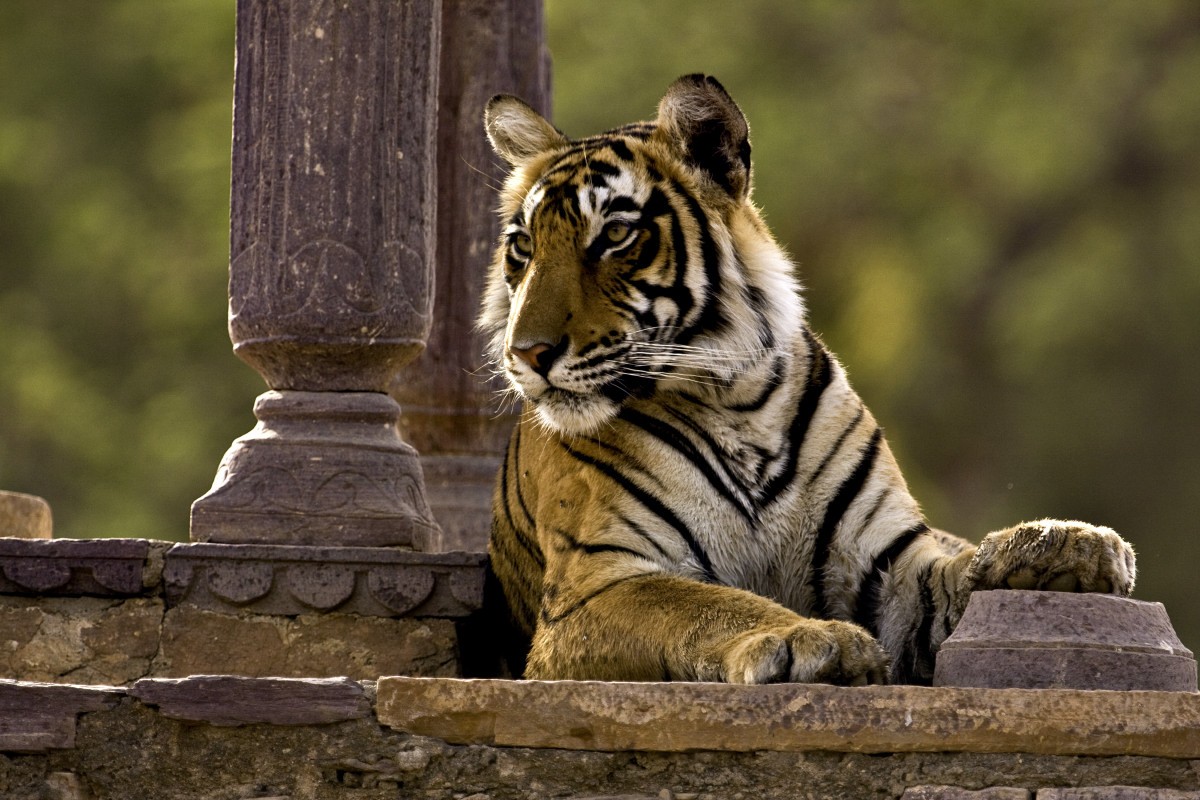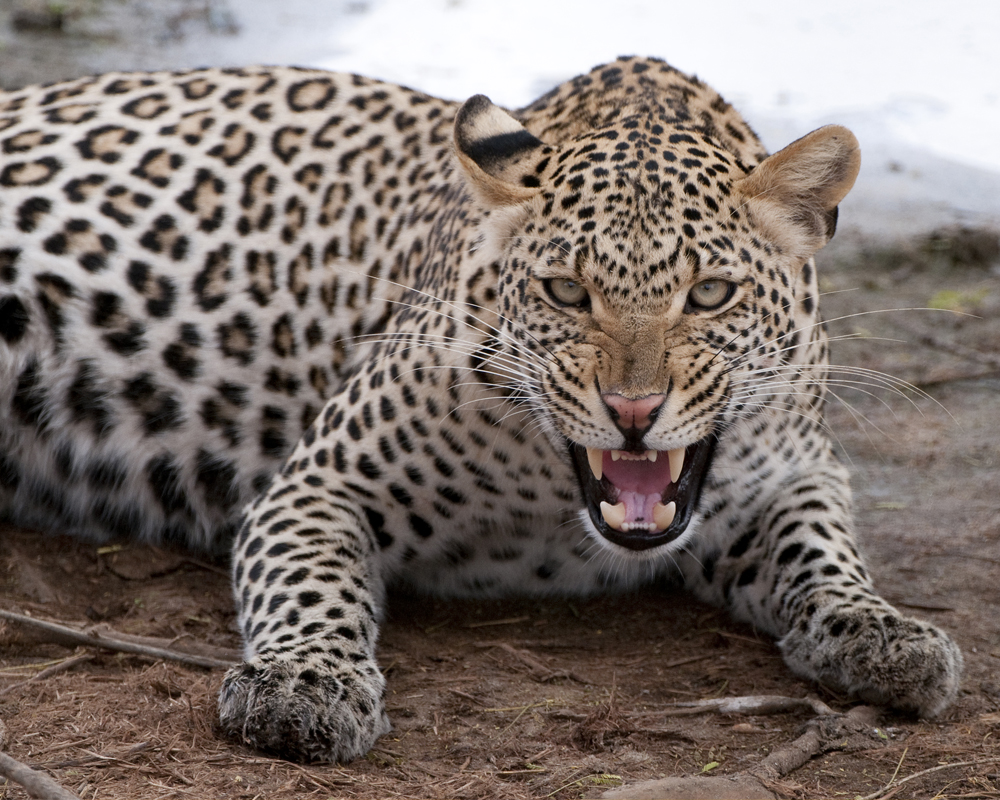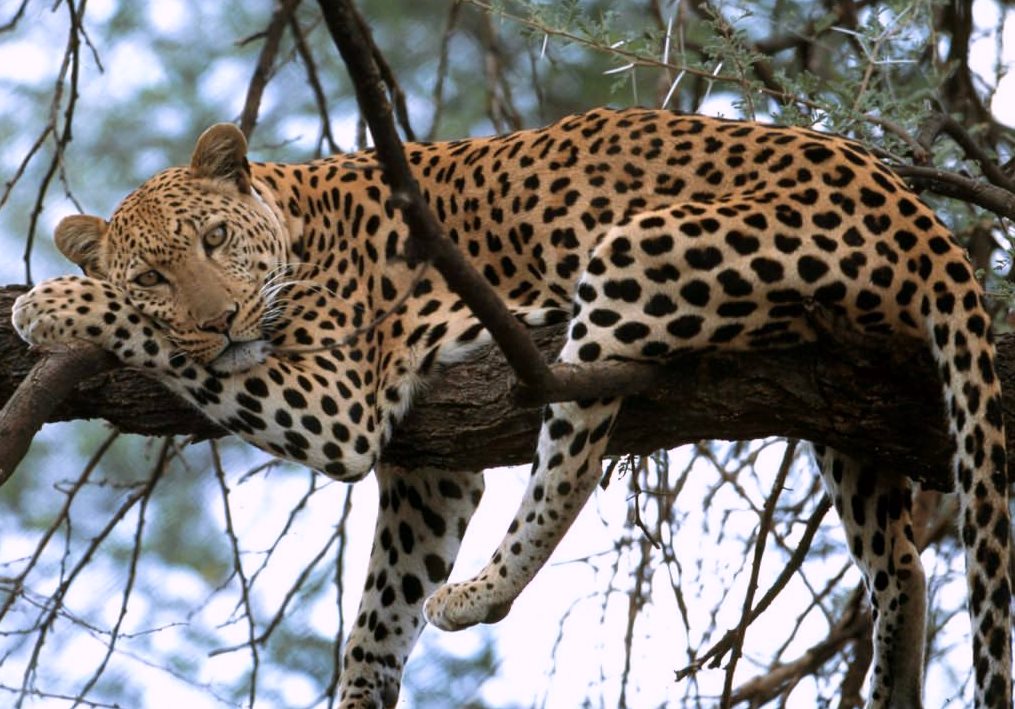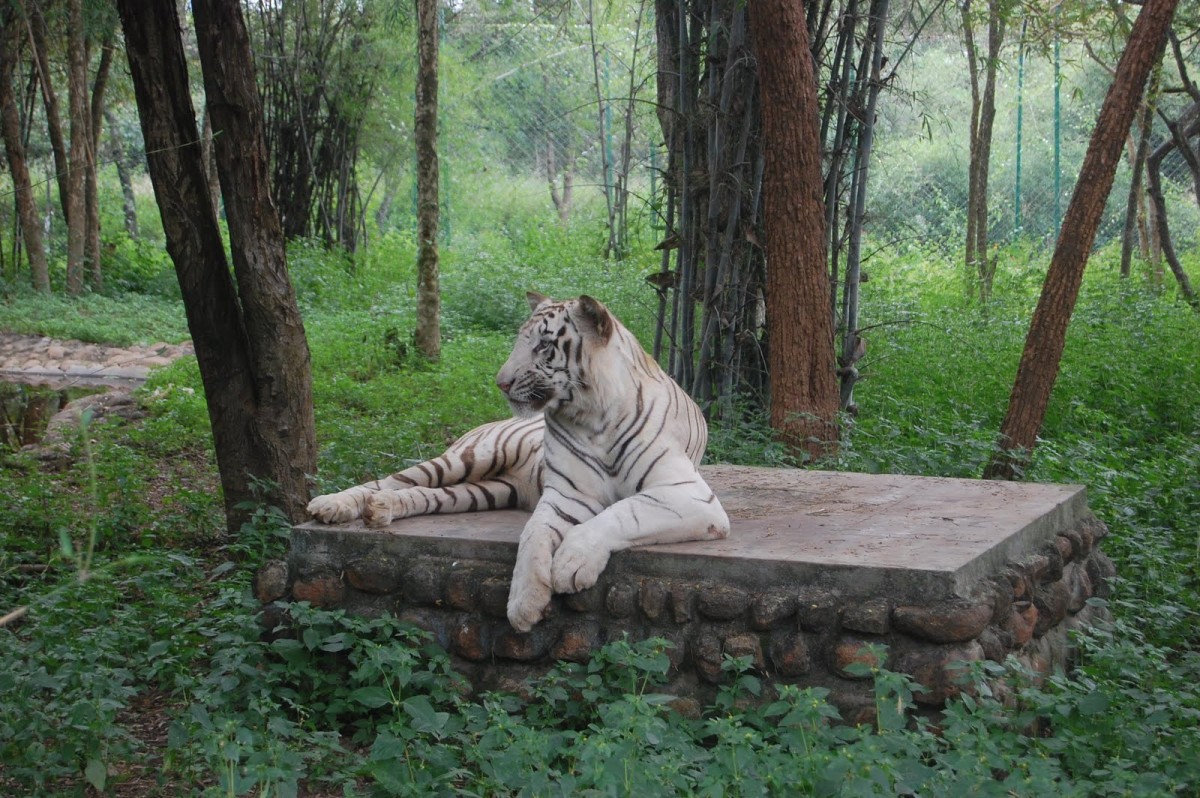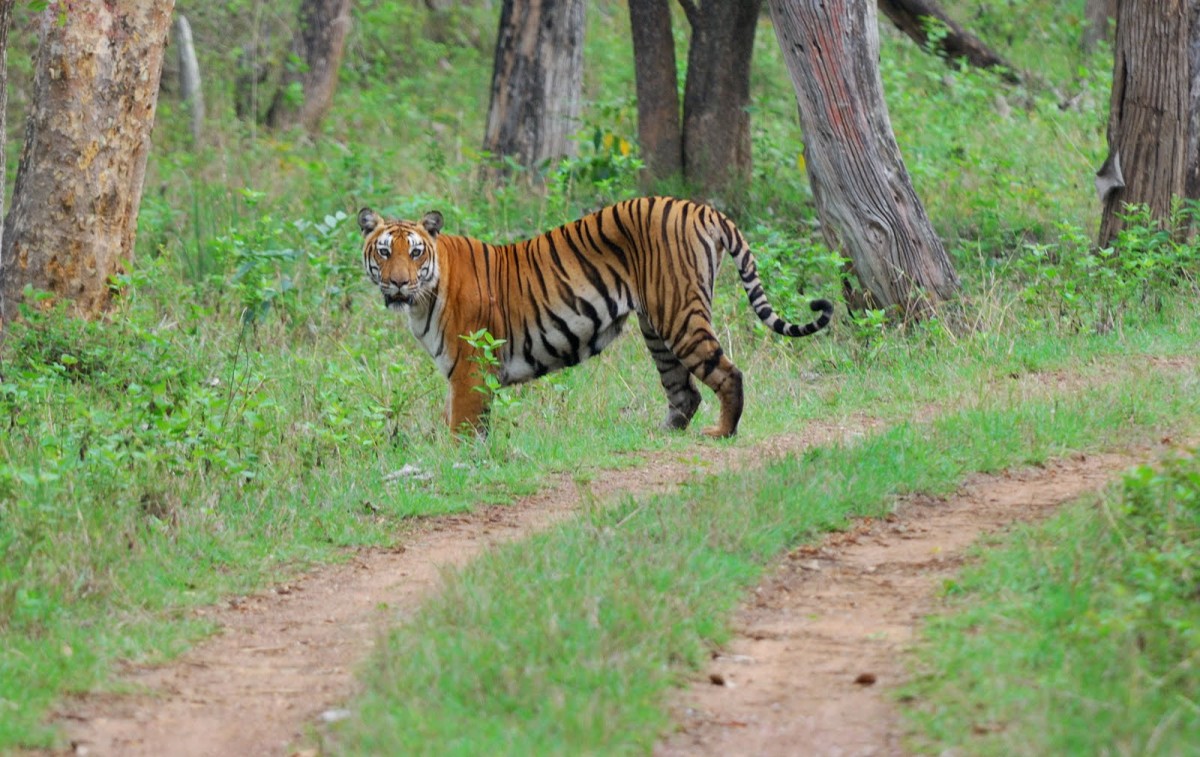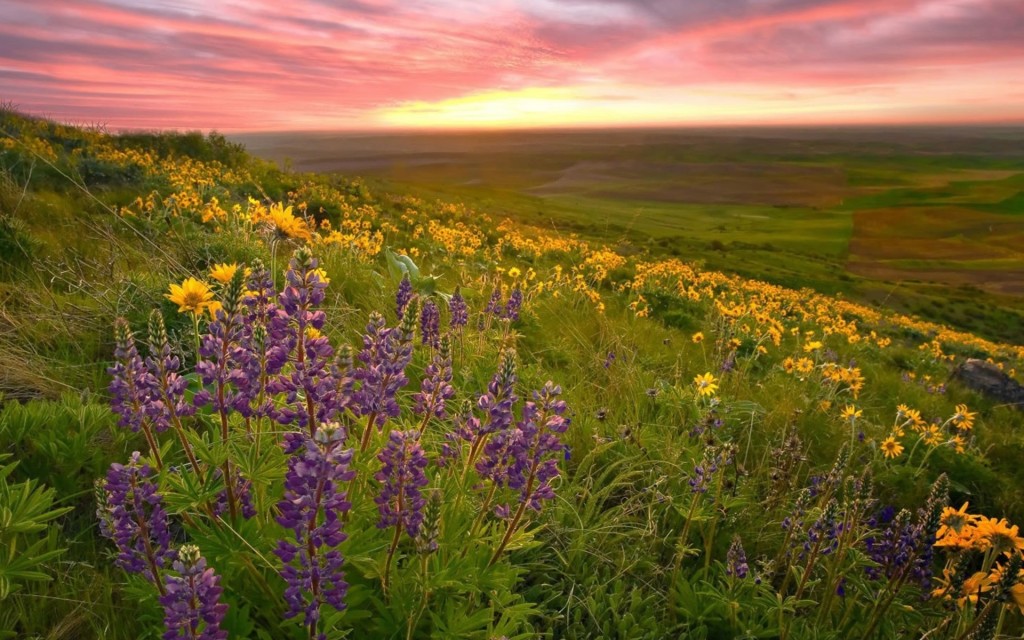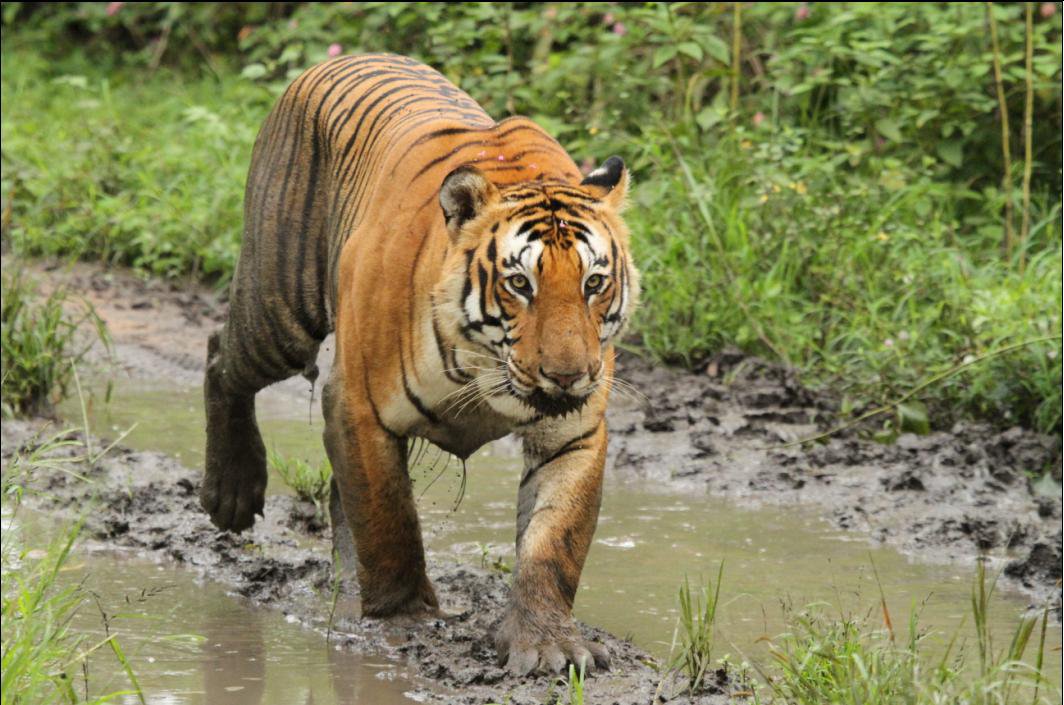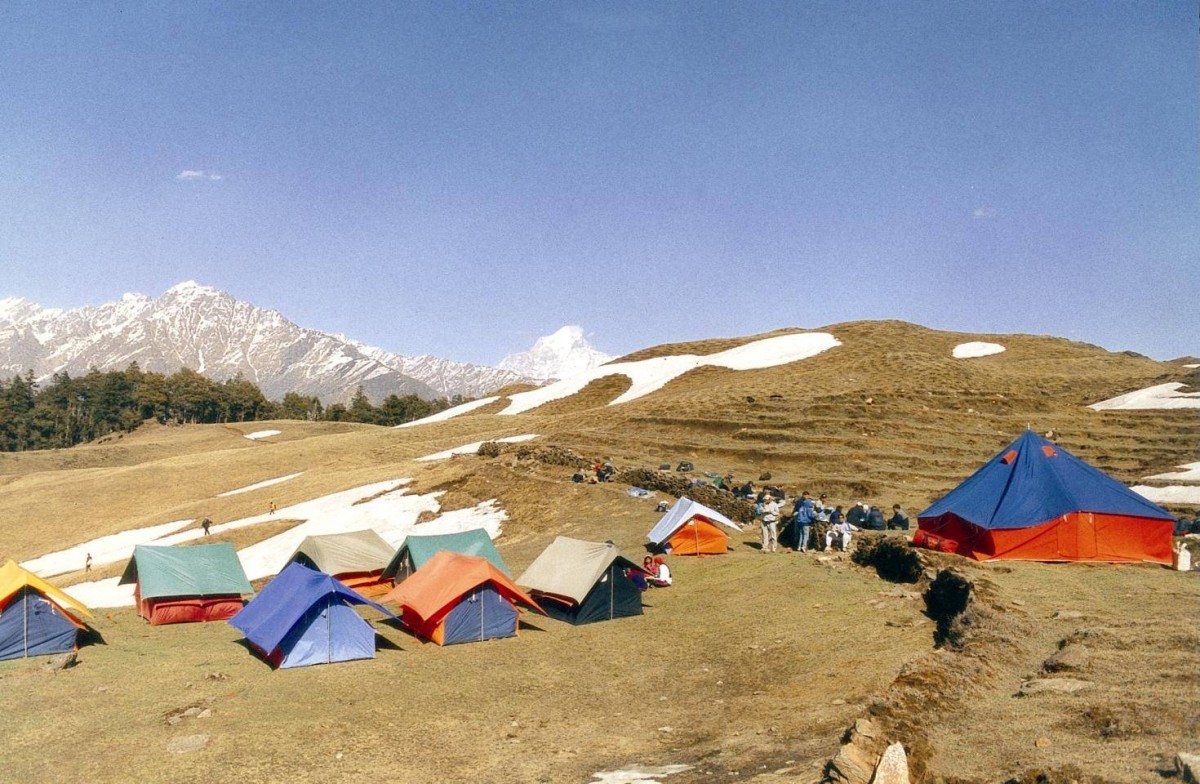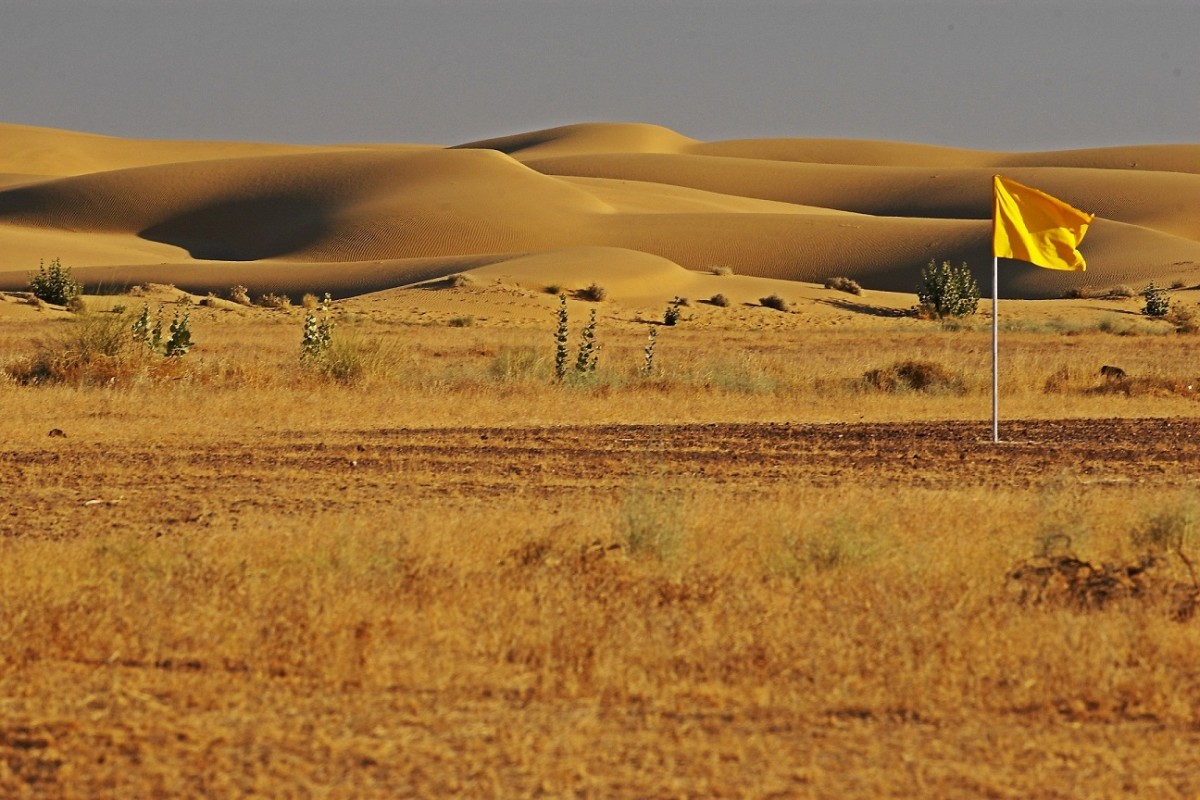
Desert National Park
Park At A Glance
| IUCN Category | II (National Park) |
| State | Rajasthan. |
| Distt | Jaisalmer & Barmer. |
| Area | 3162 Sq. Km. About 316, 200ha |
| Year of Notification | 6 August 1980. |
| Topography | Sahara types of desert sand with dunes. |
| Temperature | up to 50oC in summers. |
| Special status | Great Indian Bustard Sanctuary. |
| Specialty | Birdlife |
| Recommended Period for Visit | September- March |
| Biogeographically province | 4.8.4 (Thar Desert) |
| Geographical Location | Extreme west Rajasthan including districts of Jaisalmer and Barmer, 25 degree 43 – 26 degree 52N, 70 degree 55-71 degree 25E |
| Land Status | A number of villages occur inside the park area. |
| Physical Features | Flat sandy plain with medium tall dunes. Altitude is 240m above sea level. |
Vegetation: patchy scrub, trees flowers. The sewan grass Lasiurus siindicus is the major plant species with scanty population of prosopis cineraria trees, Zizyphus nummularia, Capparis deciduas shrubs.
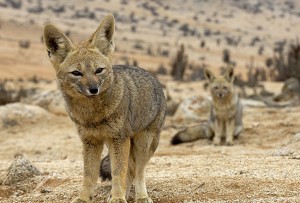
Fauna: Blackbuck Antilope cervicapra rajputana chinkara (mountain gazelle) Gazeella gazelle Indian fox Vulpes bengalensis and desert cat Felis libyes. The great Indian bustard Ardeotis nigriceps exists here. In winter houbara chlamydotis undulate and imperial sandgrouse are found in this region. Best period to Visit: Nov-March.
The Desert National Park is situated in the west Indian state of Rajasthan near Jaisalmer, this one of the largest national parks covering an area of 3100 sq. km. the desert sanctuary being a fragile ecosystem has its own flora and fauna.
Birdlife in this sandy habitat is vivid & spectacular. The great Indian bustard is another magnificent bird found in relatively fair numbers. It migrates locally in different seasons. The region is a haven for migratory and resident birds of the desert. One can see many eagles harriers falcons buzzards kestrel and vultures. Short-toed eagles tawny eagles spotted eagles lagger falcons and kestrels are the commonest of these. Sandgrouse are spotted near small ponds or lakes. Sea shells and massive fossilized tree trunks in this park record the geological history of the desert.
This is a good potion for people covering the Bikaner-Jodhpur-Jaisalmer sector. Sand dunes form about 27% of the park in this Thar dessert. Birdlife in this sandy habitat is vivid and spectacular. It lies 40 km from Jaisalmer and is spread over an area of 3162 sq. km.
Just 18 km from Jaisalmer is the Akal wood fossils park, which is about 180 millions years old. Sea shells and massive fossilized tree trunks in this park record the geological history of the desert.
Desert National park is a jewel of Indian deserts laying 40 km. away south west of Jaisalmer it is a vast protected Biosphere Reserve spreading over 3000 sq. km. sand Dunes are special attraction here. The other exclusive feature is the Great Indian Bustard breeding location and exotic wildlife where one can see the Indian Gazelle Chinkara Eagles with similar other birds and animals. It is an oasis in the desert proximate to Barmer and Jaisalmer with hardly xerophytic shrub. The desert, has its own distinctive wildlife. The major protected area here comes under sanctuary status.
The peculiarity of these desert shrubs is that they survive in the desiccating heat and air and lack of soil moisture by adapting to the environmental conditions e.g. Euphorbia caducifolia, leafless with cylindrical branches and provides small creatures shade and shelter, leafless caper (Copparis deciduas) forms bushes with spikes.
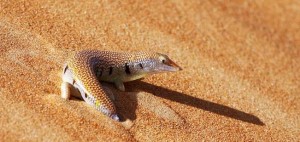
The Thar has some representation of trees too like yellow flowered Tecomella undulata slow growing salvadora-oleoides with domed crown and delicious fruits, Prosopicineraria the largest and valuable tree grows quite tall and develop a spreading crown.
Desert wolves, blackbuck chinkara (Cinkara herds are well seen), desert fox, hares mice are prevalent in this desert park. Eagles kestrels lagger falcon vultures sandgrouse grey partridege, peafowl are seen in the reserve. The Indian endangered Great Indian Bustard is also seen here, the viper, spiny tailed lizard (Uromastix hardwickii) represent reptiles
Peoples participation in conservation in well reflected here as the Bisnoi community has historically played great role in wildlife preservation and are close proximate to wild animals in the park, one has to be particular about weather conditions to visit this reserve as the temperature in summer goes up to 55oC and sand dunes are common here the recommended period to be here is September-March. Rest house facility is available here, same may be booked through park authorities.
While Foreign Tourists require permission from the District as well as the park Authorities to enter this area, Domestic Tourists require permission from Desert National park Office.

